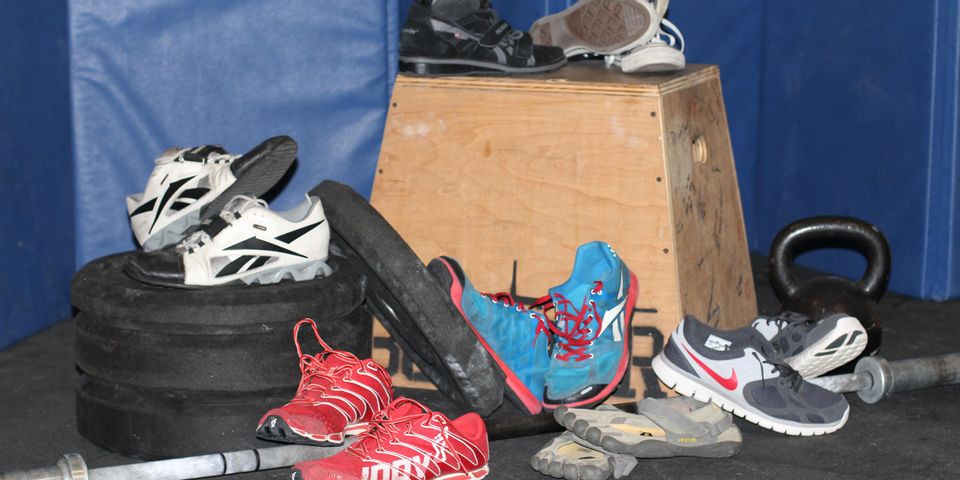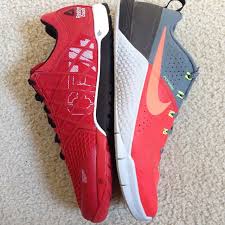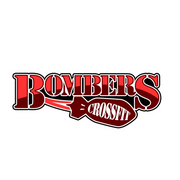Choosing the Right Shoe -- Part III, Cross Trainers

In today’s market there are hundreds if not thousands of different shoe choices to fit your workout needs. Each shoe boasts that its brand is best, and it can provide you with a better workout experience. While the manufactures can argue back and forth and spend millions of dollars into advertising I will try to help you to put one foot in front of the other and start a journey into choosing the right shoe for you. Each type of shoe has positives and negatives, and hopefully I can help you determine which shoe would be best for you.
Cross Training Shoe
In Part III of this series we will examine the cross training shoe. Two of the more popular examples are Reebok Nano and Nike Metcon. A cross training shoe is a blend between a running shoe and a weightlifting shoe. This type of shoe is usually very comfortable right out of the box; meaning it has good cushioning similarly to a running shoe.

Typically cross training shoes have a drop similar to a minimalist running shoe. They tend to be very flat and have a minimal feel when wearing them. Cross trainer will have many of the same benefits as a minimalist running shoe.
Cross training shoes can be used for almost any activity the athlete can imagine. They offer a very stable platform for running both linearly and laterally. Also due to the limited heel drop and minimal cushioning they are a very good weightlifting shoe. Most cross trainer shoes are marketed to athletes who train on a wide range of equipment and exercises. They can be used adequately for running long distances. These tend to be the best all-around shoe for daily training because of the ability to perform in all situations.
| PRO | CON |
| Excellent All-Around | Limited Running Shoe |
| Lightweight | |
| Multiple Uses |
About the Business
Have a question? Ask the experts!
Send your question

